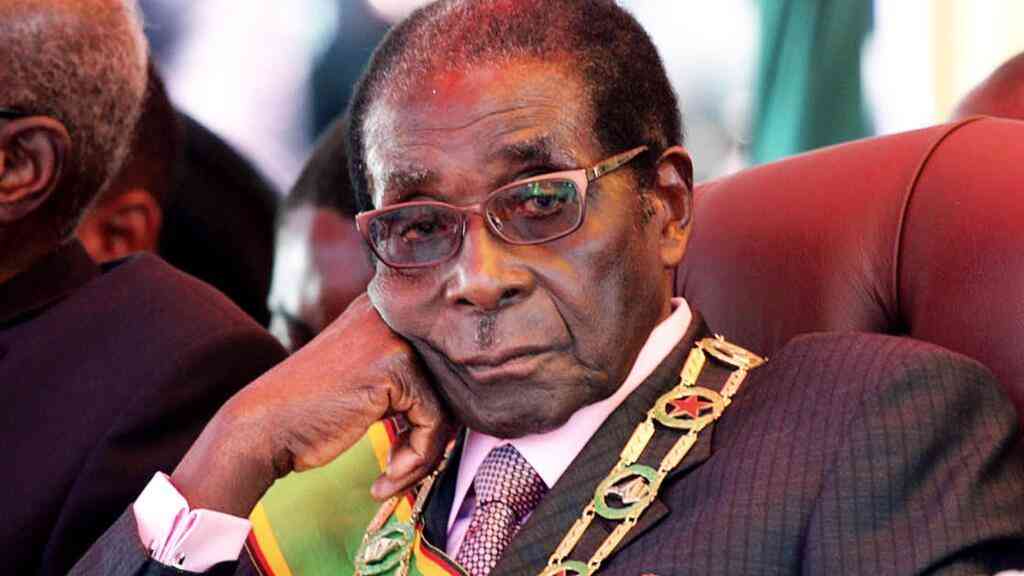
It is common economic parlance, that there are worldwide supply chain problems. The war in Europe and other global issues have resulted in higher inflation and an increasingly uncertain economic outlook, which has negatively affected companies globally, and specifically in Zimbabwe. In addition, research from Morgan & Co, published in their Economic Outlook Report 2023, has predicted volatility in the Zimbabwean Economy ahead of the up-coming general elections, citing potential effects of political tensions. As the business operating environment in Zimbabwe becomes increasingly delicate, it is expected that many businesses will feel the financial pinch. This article explores the options available to companies experiencing financial distress, through making use of the voluntary insolvency tools in the law. This article specifically investigates voluntary corporate rescue as a means to assist entities, in getting some breathing room to rehabilitate the company, when faced with severe financial distress.
What is corporate rescue?
Corporate rescue is the legal procedure which seeks to give a financially distressed company, time and space to regain viability. The aim of the procedure is to ensure that the faltering company is resuscitated. The Insolvency Act in Zimbabwe permits directors or shareholders, to voluntarily place the company under corporate rescue when the company is in financial distress. This provides the company facing closure, prospects of restoration, without claims from creditors derailing the process.
So how is the process of voluntary corporate rescue commenced in Zimbabwe?
The insolvency legislation in the country provides that the board of a company or its shareholders, may resolve to voluntarily place the company under Corporate rescue, if the board of the Company has reasonable grounds to believe that;
(i) the company is financially distressed, in that it must have failed to pay any account in terms of an obligation, public regulation or contract; and
(ii) there appears to be a reasonable prospect of rescuing the company.
A company is said to be financially distressed, if it is unable to pay its debts i.e. its liabilities exceed its assets, and if there is a reasonable likelihood that the company may reach a position, within the next six months, where it will no longer be able to pay its debts as they become due and payable. A reasonable prospect of rescuing the company, is proven through providing a factual foundation that the company can be rescued.
- Film has potential of transforming economy
- PPC bullish after Zim forex bonanza
- Has Zim sunk this low?
- Piggy’s Trading & Investing Tips: Corporate raiders on ZSE
Keep Reading
The procedure is voluntary and does not require the company to approach the court. The purpose of the procedure, being to facilitate the continued existence of a company in a state of solvency and to facilitate a better return on shareholders’ income.
For the board resolution placing the company under voluntary rescue, to be effective, it must be filed with the Master of the High Court, the Registrar of Companies and the Registrar of Co-operative Societies, in the case of a co-operative society. In addition, notice of the adopted and filed resolution, must be sent to every affected person. Once notice is given to the affected people, the company must also appoint a corporate rescue practitioner. The responsibility of the corporate rescue practitioner is to oversee management of the company during the corporate rescue proceedings, and develop a working plan to resuscitate the company.
How corporate rescue provides a life line to the company
The effect of corporate resuce is that the company is placed under temporary supervision of the management of its affairs, business and property. In addition, and most critically, there is an automatic, temporary suspension of the rights of creditors in claiming payment from the company. This allows for the development and implementation, of a plan to rescue the company by restructuring its affairs, business, property, debt and other liabilities, and equity. This means, once corporate rescue has commenced, creditors of the company cannot commence and/or continue with legal proceedings against the company, including enforcement of actions, or any proceedings in relation to any property owned by the company or lawfully in its possession, in any forum, for the duration of the corporate rescue proceedings. Thus the law protects the assets of the troubled company. The goal being to maximise the likelihood of the company continuing in existence on a solvent basis or, if it is not possible for the company to so continue in existence, to ensure a better return for the company’s creditors or shareholders than would result from the immediate liquidation of the company. The legislation therefore provides companies that are facing temporary financial difficulties, a life line to restructure its affairs and avert the impending failure of the company.
There are strict timelines and processes to observed by a company seeking to voluntarily commence corporate rescue, thus it is critical, for the success of the process, for the company to engage external legal counsel to ensure that the procedures are followed to the T.
In terms of the law, the voluntary corporate rescue proceedings begin when the company files the board/shareholders resolution to place the company under corporate rescue with the Master and the Registrar of companies.
Once the company is under corporate rescue, it can only dispose of its assets in specific circumstances prescribed by the law, for example in the ordinary course of business. Regards, contracts of employment, the general rule is that employees who were employed by the company before commencement of corporate rescue proceedings will remain employed with no change to their terms and conditions of employment.
However, the board of directors is deemed to be dissolved during corporate rescue proceedings and directors can no longer exercise their functions as directors. The management of the company is vested in the corporate rescue practitioner.
Although the company is permitted to voluntarily place itself under corporate rescue by board resolution, affected parties like creditors may approach the court to challenge the resolution. If the resolution is successfully challenged by any interested party, the corporate rescue proceedings terminate automatically when the court sets aside the resolution. The process may also be terminated by the company itself, by filing a notice of termination with the Master of the High Court of Zimbabwe.
The lifeline given by the legislation to ailing businesses, is not indefinite, it is temporary, and the law requires corporate rescue proceedings to be completed within 3 months. Our courts have reiterated that rescue proceedings, by their very nature must be conducted with the maximum possible expedition. The corporate rescue practitioner however can extend the period, where the process takes longer than three months.
In conclusion, the worldwide economic challenges make it critical for companies to closely to monitor their financial health in order to minimise costs and increase their resilience. However, where despite the efforts of the company, the situation graduates to financial distress, there are provisions in the law that give the company a lifeline and “breathing space” to recover. This is in the form of voluntary corporate rescue. The lifeline is only effective and available to companies that spring to action on the early signs of distress. Distress need not be terminal.
- Beatrice is a lawyer practicing at Mushoriwa Pasi Corporate Attorneys and co-authored the Directors Handbook in Zimbabwe. [email protected].








